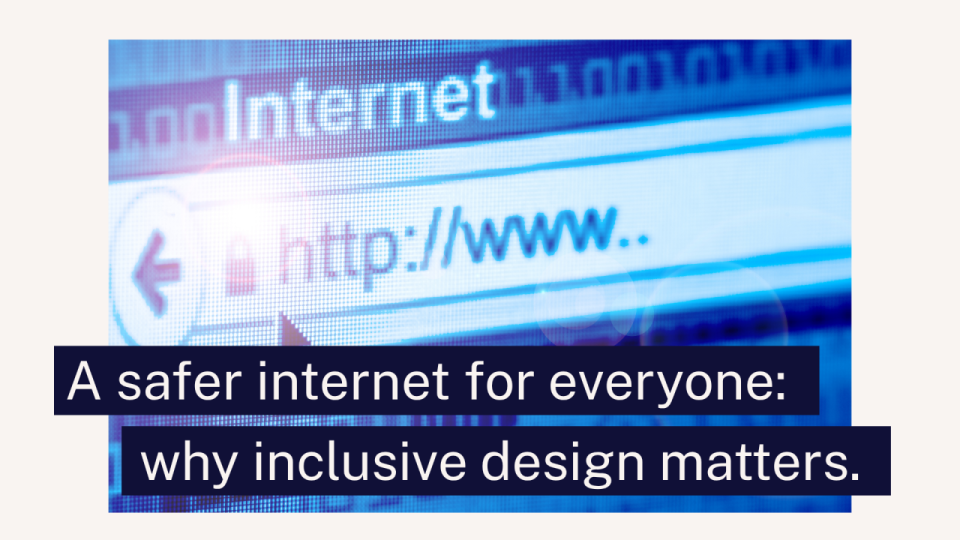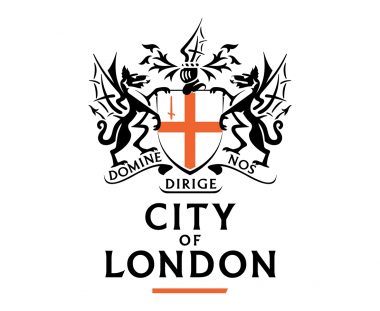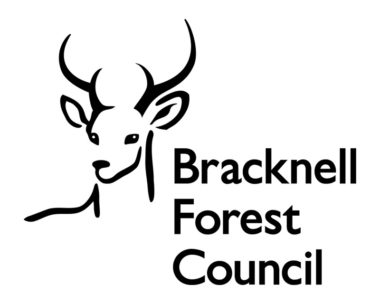As the internet continues to grow rapidly, ensuring its safety for everyone is more important than ever. Many websites ask for personal details, and they also need to protect themselves from cyber threats. This can be a bit trickier for people with disabilities.
Our colleague, Senior Technical Analyst Matthew, shares his insights on how we can make the internet safer for all.
Matthew’s thoughts on a safer internet.
In today’s digital world, talking about a ‘safer internet’ means making sure it’s inclusive, especially when it comes to assistive technologies. As educational policymaker Judy Heumann once said, “For most of us, technology makes things easier. For a person with a disability, it makes things possible”. Technology can open up new possibilities for people with disabilities.
Throughout our lives, it is likely we will all either have a disability or know someone who does. This could be a permanent disability, like blindness, a temporary one, such as a broken arm, or even a situational one, like being in a noisy environment. In fact, the latest estimates from the Department for Work and Pensions’ Family Resources Survey indicate that 16.1 million people in the UK had a disability in the 2022/23 financial year. This represents 24% of the total population.
Sadly, cybercrime often targets older people and those who are more vulnerable. So, how can inclusive design make the internet safer for everyone?
When websites are built with accessibility in mind, it means disabled users can have the same secure experience as non-disabled users. For example, someone with a cognitive impairment might use a password manager to create long, complex passwords without needing to remember them. But if a website prevents them from pasting their password into the login field, they can’t have the same secure experience and might resort to simpler passwords, thereby becoming more vulnerable to cybercrime.
Even with all the technological progress, social barriers still exist. These can manifest as inaccessible websites, poor design, or a lack of awareness. To tackle these barriers, we need a mix of approaches, including laws, education, and advocacy.
So, how can websites be designed to give everyone the same experience?
Organisations can achieve this by following the Web Content Accessibility Guidelines (WCAG). For instance, there’s a guideline called ‘accessible authentication’. The aim is to “make logins possible with less mental effort” so users don’t “have to solve, recall or transcribe something to log in”. This has already been put into practice with things like biometric logins, two-factor authentication, and logging in with a Google account.
Thinking about CAPTCHAs.
Matthew’s insights remind us of how far we’ve come. We remember when many websites used picture CAPTCHAs with distorted, multi-coloured words. These were really difficult for screen readers and likely for other impairments too.
While audio challenges were introduced, the early versions were often hard to understand. However, today, most CAPTCHAs offer good alternatives, though different approaches could still make them even more accessible.
The vision of a more inclusive internet, with better security for both visitors and websites, is slowly but surely becoming a reality. We need everyone to embrace this, bringing society together on the World Wide Web with both security and accessibility at its heart.
How accessible is your website? Find out with our free accessibility checker! Visit our website or contact Accessibility-Services@Shaw-Trust.org.uk.







